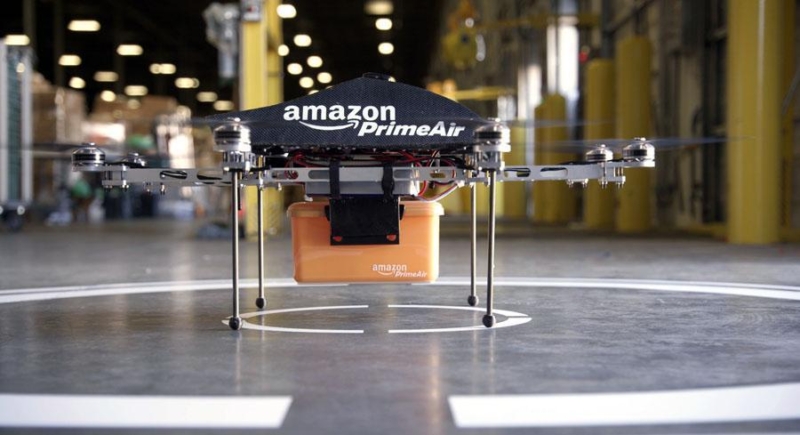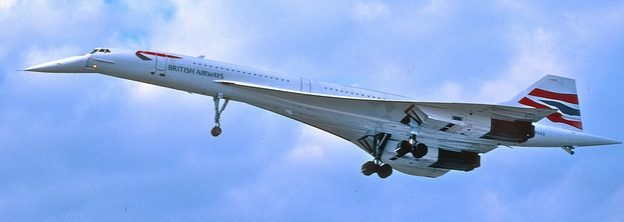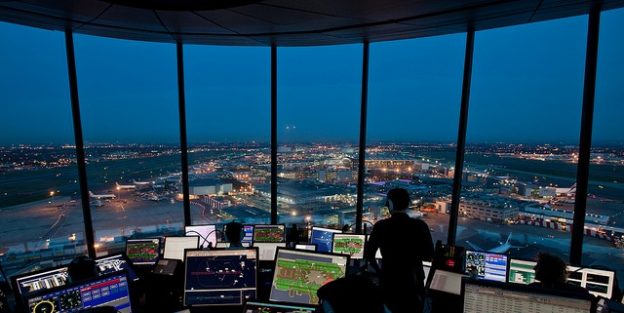Amazon delivery drones – pie in the sky or a realistic future?
10 December 2013Few people will have escaped the story about Amazon looking into the idea of making customer deliveries via unmanned aerial drones, with the promise of parcels landing gently at your front door within 30 minutes of being ordered.
It sounds fantastical, but was it any more than just a PR puff piece timed expertly to appear on the biggest online shopping day of the year, or can we really expect our orders to be delivered by drone within the foreseeable future?
The short answer is that nothing Amazon has proposed is impossible.
However, while the concept is undeniably exciting, there are a number of challenges that would need to be overcome to make it a reality. The fact is that the current regulatory environment simply isn’t set up to accommodate this kind of technology.
As things stand, light-weight UAVs – unmanned aerial vehicles – have to be operated within line of sight of the operator, which obviously limits their operational distance. Like larger UAV trials that NATS has been involved in, remote command and control of light weight drones is certainly achievable, but the more serious challenge is the need to achieve ‘equivalence’.
This means any UAV operator needs to be able to demonstrate that their drone is capable of matching the capabilities of a manned operation. An onboard pilot is able to ‘see and avoid’ any other traffic in the vicinity. Any delivery drone would therefore need to be capable of doing the same.
Amazon’s concept UAVs seem to be small, low level – below 2000ft – and autonomous once launched. The amount of controlled airspace that exists below 2000ft is very small. This would limit the potential impact on air traffic control, but operating outside controlled airspace makes the need to ‘see and avoid’ even more important.
Probably the greatest technical challenge is the need to maintain the navigational data link between the ground and the drone. What happens if that link is broken for some reason? A number of incidents globally in recent times have shown that the loss of communication can result in a crash.
Agreeing a safe procedure for the event of a ‘losslink’ is therefore vital and something that I know is currently being developed.
The challenges are therefore great, but not impossible to overcome. In fact NATS is just embarking on a trial that is seeking to address some of these very questions around regulation and safety. From summer 2014 we will be testing the use of unmanned aircraft in civilian airspace for the very first time. It is an exciting prospect and one that could help pave the way to drones playing a much greater role in our everyday lives.
But until then, we’ll all just have to wait for the postman.
Comments
Please respect our commenting policy and guidelines when posting on this website.





10.12.2013
17:00
ToytownEMT
Lower level Uncontrolled airspace is used by Air Ambulance, Mountain and Sea rescue services. Can drones live in harmony with these services or will the drone commercial ventures pose a risk to the safety of emergency helicopters?
13.12.2013
09:24
Brendan Kelly
Head of Q&C Management SolutionsThank you for your interest in the topic. You’re right that there is a potential of conflict between all operators, not just the Emergency Services, in unregulated airspace with drones. This is why the current regulations exist and why a significant amount of work is required to understand and then mitigate the risk.
There are essentially three volumes of airspace where drones could potentially operate in and each volume has its own challenges. The first is segregated airspace where only drones may fly – this is clearly an easy option for training and military uses. The second is inside controlled airspace – this would require the drone to behave as any other recipient of the service would and comply with ATC instructions – this would not affect the operations of the emergency services in this airspace. This is the next volume of airspace where the most R&D will be invested.
The final volume is unregulated airspace used for pleasure flying, other commercial and public service operators and the military in transit. This is the greatest challenge as there is a long standing principle of see and avoid as the primary means of preventing collisions.
09:24
Brendan Kelly
Head of Q&C Management Solutions13.12.2013
12:16
Adam Spink
I attended a medical conference recently (London Trauma Conference) where Norweigian resuce services exhibited on the use of small UAVs/RPAS to aid situational awareness in large scale road traffic collisions, and also for Mountain Rescue scenarios to recon possible routes off the mountain. Demand for airspace from RPAS operators is only going to increase, probably exponentially!
24.11.2014
12:19
Krishna
Why is this any more complicated than the rules for Google’s automated car? They too will have to “pull over” for emergency vehicles (as I imagine “UAV postmen” will.
They too will have to demonstrate that they can “live well” in an environment that is filled with unpredictable humans and unforeseen events. Would not removing such restrictions as “line of sight” (which guarantees nothing except whom the lawyers will hold responsible) be better?